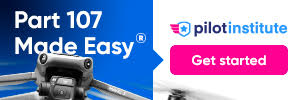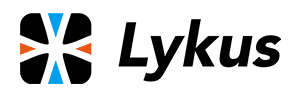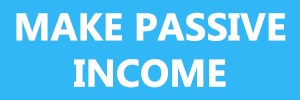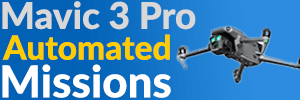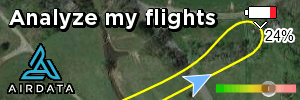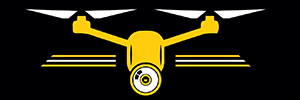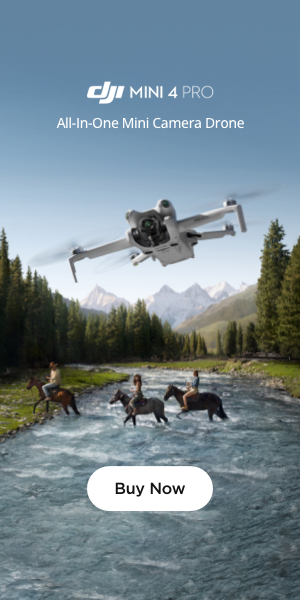D
Deleted member 191071
Guest
Hey everyone,
I recently got my hands on the DJI 4G Dongle 2 for my DJI Air 3s, and honestly, it's been a game-changer for connection reliability, especially in areas where I used to experience signal drops. I know the concept of "Enhanced Transmission" and how the dongle integrates can be a bit confusing, so I wanted to share a simple breakdown to help anyone who's considering it or just wants to understand it better.
The reason why I like it so much is beacause I live high up on a hill with very lush trees and shrubbery that just eats radio waves for breakfast. Also I am within the outer control zone of an airports forcing me to stay below 50m / 150ft above ground level. Transmission swaps often between ocusync and DJI enhanced transmission over internet and more so with lower altitudes.
I've seen a lot of questions about whether the dongle replaces OcuSync, or if it's just for internet access. Let's clarify!
Understanding DJI Enhanced Transmission with the 4G Dongle 2
First and foremost, it's crucial to understand that the DJI 4G Dongle 2 does NOT replace OcuSync. OcuSync is always the primary, low-latency, and high-bandwidth connection between your DJI RC 2 controller and your drone (e.g., DJI Air 3s). The 4G system acts as a smart, secondary, and redundant layer.
Here’s how it works, step-by-step:
I tried to generate an image with AI help, it's not perfect but it's something. It's basically a question of making sure both your drone and your remote controller has a connection over internet to the DJI Enhanced Transmission relay servers. The DJI dongle with a 4G subscription nano-SIM (physical) plugged into the drone via USB-C fixes the drone side. To access the DJI relay on the controller side you just have to hook up your RC though wifi, either by mobile router, tethered to your phone or simply your home wifi, just as if you're updating your firmware
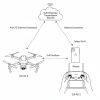
Why is this a game-changer?
Happy flying!
Some more detailed pictured of the dongle, sim card, USB-C and slot in the Air 3s.
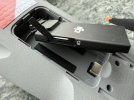

Also, for DJI's official deep dive:

 enterprise-insights.dji.com
enterprise-insights.dji.com
I recently got my hands on the DJI 4G Dongle 2 for my DJI Air 3s, and honestly, it's been a game-changer for connection reliability, especially in areas where I used to experience signal drops. I know the concept of "Enhanced Transmission" and how the dongle integrates can be a bit confusing, so I wanted to share a simple breakdown to help anyone who's considering it or just wants to understand it better.
The reason why I like it so much is beacause I live high up on a hill with very lush trees and shrubbery that just eats radio waves for breakfast. Also I am within the outer control zone of an airports forcing me to stay below 50m / 150ft above ground level. Transmission swaps often between ocusync and DJI enhanced transmission over internet and more so with lower altitudes.
I've seen a lot of questions about whether the dongle replaces OcuSync, or if it's just for internet access. Let's clarify!
Understanding DJI Enhanced Transmission with the 4G Dongle 2
First and foremost, it's crucial to understand that the DJI 4G Dongle 2 does NOT replace OcuSync. OcuSync is always the primary, low-latency, and high-bandwidth connection between your DJI RC 2 controller and your drone (e.g., DJI Air 3s). The 4G system acts as a smart, secondary, and redundant layer.
Here’s how it works, step-by-step:
- The Primary Link: DJI OcuSync (Controller ↔ Drone)
- This is the direct, real-time radio signal (usually 2.4/5.8 GHz) that your RC 2 uses to control the drone and receive its video feed. It's designed for low latency and high reliability over shorter to medium distances.
- Analogy: Think of this as a direct, dedicated cable connecting your controller to the drone. It's super fast and responsive.
- Internet for Your Drone: The 4G Dongle 2 (Drone ↔ DJI Servers)
- When you plug the 4G Dongle 2 into your drone (e.g., DJI Air 3s), the drone gets its own independent internet connection via a cellular network.
- The drone uses this 4G connection to send its video feed and telemetry data directly to DJI's Enhanced Transmission Servers in the cloud.
- Analogy: The drone now has its own mobile phone, constantly streaming data to a central hub.
- Internet for Your Controller: Your iPhone's Hotspot (RC 2 ↔ iPhone ↔ DJI Servers)
- Your DJI RC 2 controller (with its built-in screen) needs its own internet connection to access the DJI Enhanced Transmission Servers.
- The simplest way to do this is by connecting your RC 2 to your iPhone's personal hotspot (Wi-Fi tethering). Your iPhone uses its 5G/4G cellular connection to connect to the internet, and then shares that connection with your RC 2.
- The RC 2 then uses this "Internet Connection" to communicate with the same DJI servers where your drone is sending its data.
- Analogy: Your RC 2 is also like a mobile phone, accessing the same central hub through your iPhone's data plan.
- The "Enhanced Transmission" Magic (DJI Servers orchestrate everything!)
- This is where it all comes together! The DJI Enhanced Transmission Servers act as a central bridge.
- If your OcuSync signal between the drone and RC 2 becomes weak or interrupted (e.g., you fly behind an obstacle, or too far away), the system seamlessly switches to using the internet connections.
- The drone is streaming its video to the DJI servers via 4G, and your RC 2 is pulling that video from the same servers via your iPhone's internet connection.
- It's a smart fail-safe and range extender: the server "relays" the video and control signals.
I tried to generate an image with AI help, it's not perfect but it's something. It's basically a question of making sure both your drone and your remote controller has a connection over internet to the DJI Enhanced Transmission relay servers. The DJI dongle with a 4G subscription nano-SIM (physical) plugged into the drone via USB-C fixes the drone side. To access the DJI relay on the controller side you just have to hook up your RC though wifi, either by mobile router, tethered to your phone or simply your home wifi, just as if you're updating your firmware

Why is this a game-changer?
- Redundancy: You have a backup communication path. If OcuSync temporarily struggles, the 4G link keeps you connected, giving you a video feed and the ability to control (though with slightly higher latency).
- Extended Range (Indirectly): While the 4G doesn't directly extend OcuSync's range, it provides a functional connection far beyond what OcuSync alone could manage, as long as both the drone and your controller have cellular signal.
- Confidence: Knowing you have this robust backup significantly boosts confidence, especially when flying in complex environments or at the edges of OcuSync's range.
Happy flying!
Some more detailed pictured of the dongle, sim card, USB-C and slot in the Air 3s.


Also, for DJI's official deep dive:

Introducing 4G Connection for Drones with DJI Cellular Dongle
Introducing DJI Cellular Dongle for enhanced 4G connection in drone operations, boosting range, safety, and data quality for diverse missions.
 enterprise-insights.dji.com
enterprise-insights.dji.com




